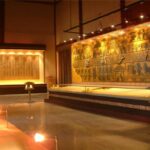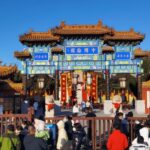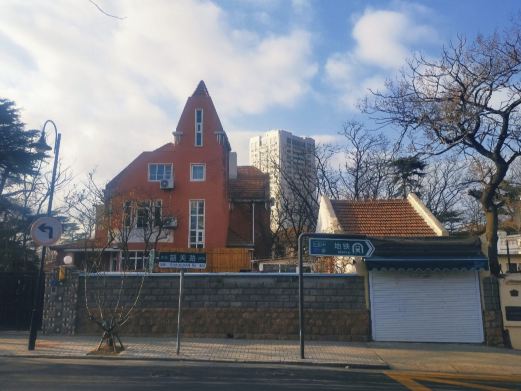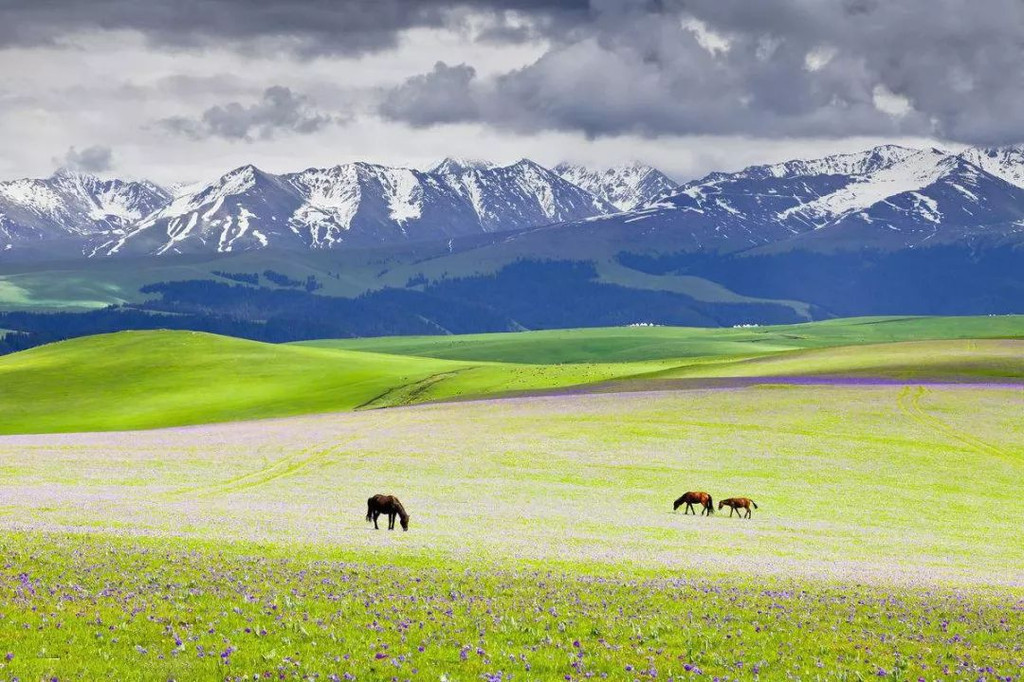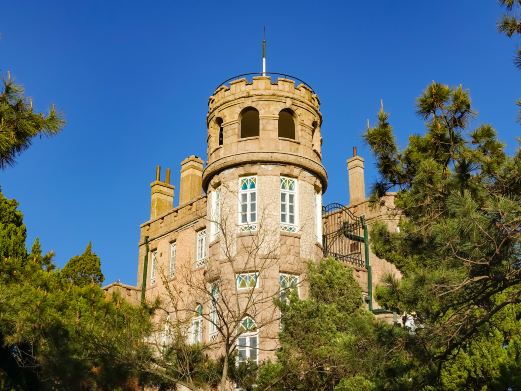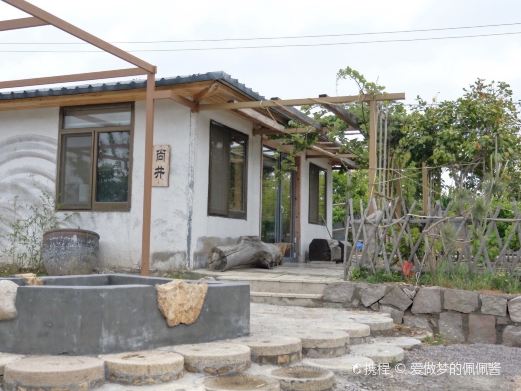Daimiao Temple is located at the southern foot of Mount Tai and within Tai’an City. It was first built in the Qin and Han dynasties. It is the place where emperors of all dynasties in ancient times worshipped the god of Mount Tai and held grand sacrificial ceremonies. It is also a famous Taoist site. The architectural complex of Daimiao Temple is large-scale and is known as one of China’s four major ancient architectural complexes along with the Forbidden City in Beijing, the Three Confucian Sites in Qufu, Shandong Province, and the Mountain Resort in Chengde.
Today, the majestic palaces are well-preserved here, and you can admire the huge murals of the Song Dynasty and numerous ancient steles. The entire Daimiao Temple is constructed according to the palace city layout of ancient emperors. The high battlements and magnificent halls everywhere show the grandeur of ancient temples. Entering Daimiao Temple from south to north, you can pass through major buildings such as Yaocan Pavilion, Daimiao Square, Zhengyang Gate, Peitian Gate, Ren’an Gate, etc. in sequence, and then reach Tiankuang Hall. The tall Zhengyang Gate is the main entrance to Daimiao Temple. In ancient times, only emperors could enter through this gate. Tiankuang Hall is the core building of Daimiao Temple and the divine palace of the Great God of Dongyue. Inside the hall, the god of Mount Tai (i.e., the Great God of Dongyue) is enshrined. On the north, east, and west walls inside the hall, there is a huge mural of the Song Dynasty, ‘The God of Mount Tai Sets Out and Returns’. It depicts the grand scene of the god of Mount Tai’s inspection tour. The figures and horses in the painting are in various poses and the shapes are vivid and realistic. This is the only painting of this theme in the country. When entering Tiankuang Hall, you need to buy shoe covers at the entrance first, and taking photos of the mural is not allowed. There are now more than 300 steles and stone inscriptions of past dynasties in Daimiao Temple, so it is known as the ‘Stele Forest of Daimiao Temple’ and is a famous place for appreciating calligraphy. You can see the earliest existing engraved stone in China – the small seal script stele of Li Si in the Qin Dynasty. This engraved stone was made when Hu Hai, the second emperor of the Qin Dynasty, issued an imperial edict and was engraved in small seal script by Li Si, the prime minister. It has a history of more than 2,200 years and is a precious treasure. In addition, there are also precious historical sites such as the ‘Stele of Zhang Qian’ and ‘Stele of Heng Fang’, which are masterpieces of the official script style of the Han Dynasty, the ‘Stele of Lady Sun’, one of the three great steles of the Jin Dynasty, and the unique ‘Double-beam Stele’ of the Tang Dynasty. Moreover, the trees in Daimiao Temple are verdant and towering. The environment is very beautiful. Among them are some precious ancient trees, especially the ‘Han cypress’ and ‘Tang locust tree’ that have endured thousands of years of wind and rain. They are among the famous ancient trees in Daimiao Temple. There are five ancient cypresses in the Han cypress courtyard. According to legend, they were planted when Emperor Wu of the Han Dynasty made a pilgrimage to the east. Although the bark is peeled off and the heart is withered now, new branches continue to grow. There are also dozens of steles and inscriptions of past dynasties in the courtyard. There are 26 pieces alone written by Emperor Qianlong when he climbed Mount Tai. On the east and west sides of the backyard of Daimiao Temple, there is also a copper pavilion and an iron tower, both of which are ancient relics of the Ming Dynasty and were moved here from other places in Tai’an. The copper pavilion is also known as ‘Golden Palace’. It was originally placed in Bixia Temple on the top of Mount Tai. The highly skilled ancient craftsmen assembled this pavilion in the form of imitating wood structure, which is truly a masterpiece of ingenious workmanship. Tour guide services are available in the scenic area. If you are deeply interested in historical sites, it is still worth hiring a tour guide to explain here.In addition, there is a row of small souvenir shops at the entrance of the scenic area. Generally, shopkeepers can help take care of ordinary luggage with a low charge.

Opening hours: Open from 08:00 to 17:30 from March 1st to April 30th; open from 08:00 to 18:30 from May 1st to October 7th; open from 08:00 to 17:30 from October 8th to October 31st; open from 08:00 to 17:00 from November 1st to February 28th.

Preferential policies: Children: Children under 6 years old (inclusive) or under 1.4 meters in height (inclusive) are free; minors aged 6 (exclusive) to 18 (inclusive) years old are half price.

The elderly: Elderly people aged 60 years old and above (with ID card or senior citizen card) are free.
